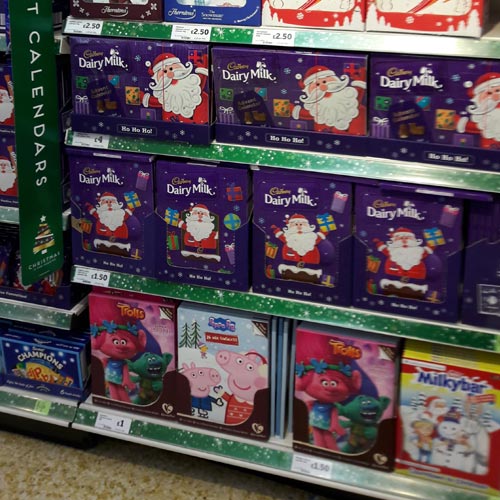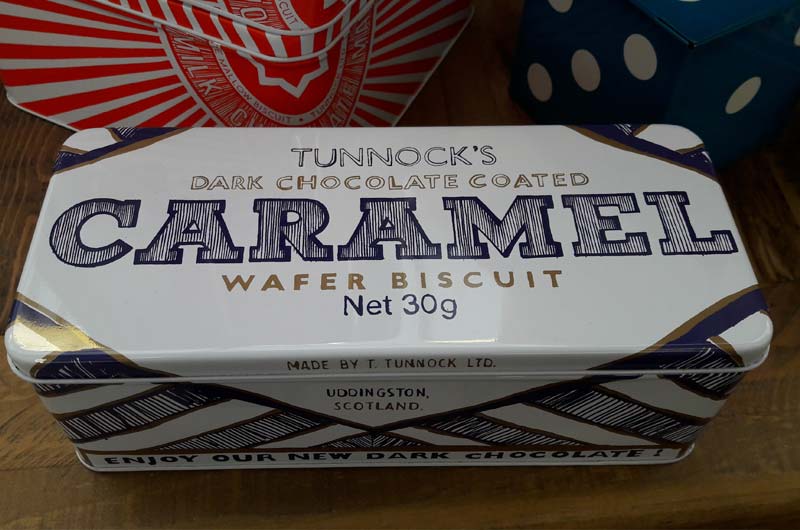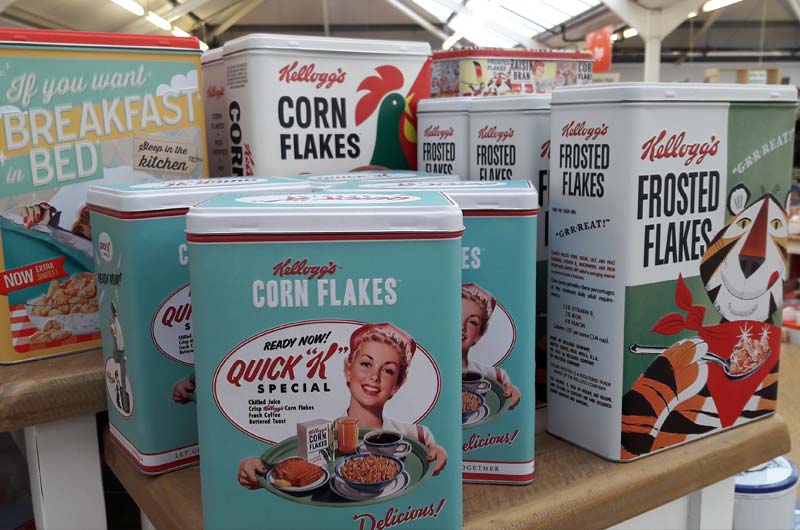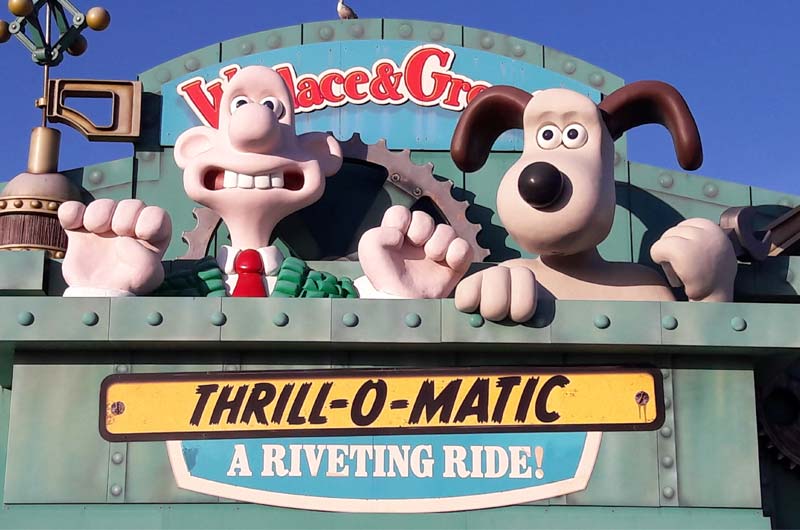Christmas has arrived for Start Licensing’s Ian Downes this week, via a trip to Blackpool.
Christmas has definitely arrived at retail now.
My measurement is always Costa Coffee – when their Christmas coffee cups arrive in store Christmas has started… I saw them this week.
Another measure is when chocolate advent calendars appear on shelf. Sainsbury’s has a full range of advent calendars in place now. When looking at the whole fixture it is a salient reminder of the challenge facing licensing and licensees in categories like this. Categories which used to be very licensing friendly are now more challenging with global confectionery brands dominating the category making it harder for licensed brands to breakthrough.

Brands such as Mars, Galaxy, Lindt, Dairy Milk and Maltesers all have advent calendars now whereas five or 10 years ago they didn’t, leaving a space for licensed products to fill. The fixture featured Trolls, Peppa Pig, The Gruffalo and The Snowman. The latter two character brands are marketed in tandem with Thornton’s making a compelling proposition.
This category is a good illustration of the new and sharper challenges that licensing faces as brand owners in categories have become better and more active at developing their brands.
In this context it is probably important that licensed brand owners look to invest more in terms of ‘facts and figures’ about their brands in terms of consumer awareness, sales history and market data. This will make the competition more equal and allow retail buyers to appreciate the ‘value’ of licensing more readily. This may not apply to all categories but in the FMCG sector it is important that licensing is on an equal footing.

A product category that seems licensing friendly at the moment is gift and everyday tinware.
Leading lights in this category are Elite Gift Tins and Half Moon Bay. It seems to be a category in growth, with much of the impetus coming from the use of FMCG brands and their archives featuring vintage and retro imagery.

A few highlights in the category are the range created by Gillian Kyle and Elite Gifts Tins featuring Tunnock’s teacakes and caramel bars artwork. I was also impressed by the vintage Kellogg’s tinware range – a really good use of a classic archive. This type of product works particularly well in garden centres, independent retailers and department stores.
People are buying into this as giftware, but also for use in kitchen and home décor. FMCG brands are attractive because of their heritage and origins, but also an emotional connection to heritage brands. I think this is an area that will see more growth for licensing as licensed brands offer a very strong point of difference in the market.
I visited Blackpool Pleasure Beach this week which is a great example of how licensing now reaches beyond just product deals and is firmly established as a player in the growing leisure market.
Blackpool Pleasure Beach features Nickelodeon Land, a ride based on the Red Arrows brand licence and Wallace & Gromit’s Thrill-O-Matic ride. Venues such as Blackpool Pleasure Beach recognise that licensing can give them a competitive edge, provide access to attractive content and create commercial opportunities that have a positive impact in different parts of the business.

The Wallace & Gromit ride features key scenes from their films and is an ‘experiential’ ride with a sense of humour that is family friendly. There is a dedicated Wallace & Gromit shop and photo opportunities with costume characters.
A challenge with this kind of licensing is ongoing management, timing and choosing the right licences. To work in this kind of environment licences need to have long-term potential, adaptable content and broadly speaking a family appeal. In a competitive and crowded retail world this kind of partnership can open up new opportunities for licensees but they may need to adapt their retail supply model – looking at things like Minimum Order Quantites – theme parks are also retailers but are different to a high street retailer in terms of their requirements.
For rights holders, partner shops such as this create new ways to interact with consumers and to leverage their content. I expect to see more examples of licensing and theme parks working together but it will require a slightly different mindset from ‘everyday’ licensing to work well.
The Thrill-O-Matic ride is a great representation of Wallace & Gromit but benefitted from Aardman being closely involved in the creation and development, including input from Nick Park. This is a good illustration of the need to invest time and effort into this kind of licensing, treating it as a long-term partnership that is maybe measured on a range of levels to gauge ‘success’.
I think all licensing companies should be thinking about the use and application of licensing beyond ‘just’ product, but be mindful that these kind of developments can take time to come to fruition and are long-term projects.
I was also quite proud of myself that I took the challenge set to me at Blackpool – I rode the Big One and survived!
Ian Downes runs Start Licensing, an independent brand licensing agency. His Twitter handle is @startlicensing – he would welcome your suggestions for what to look out for.































